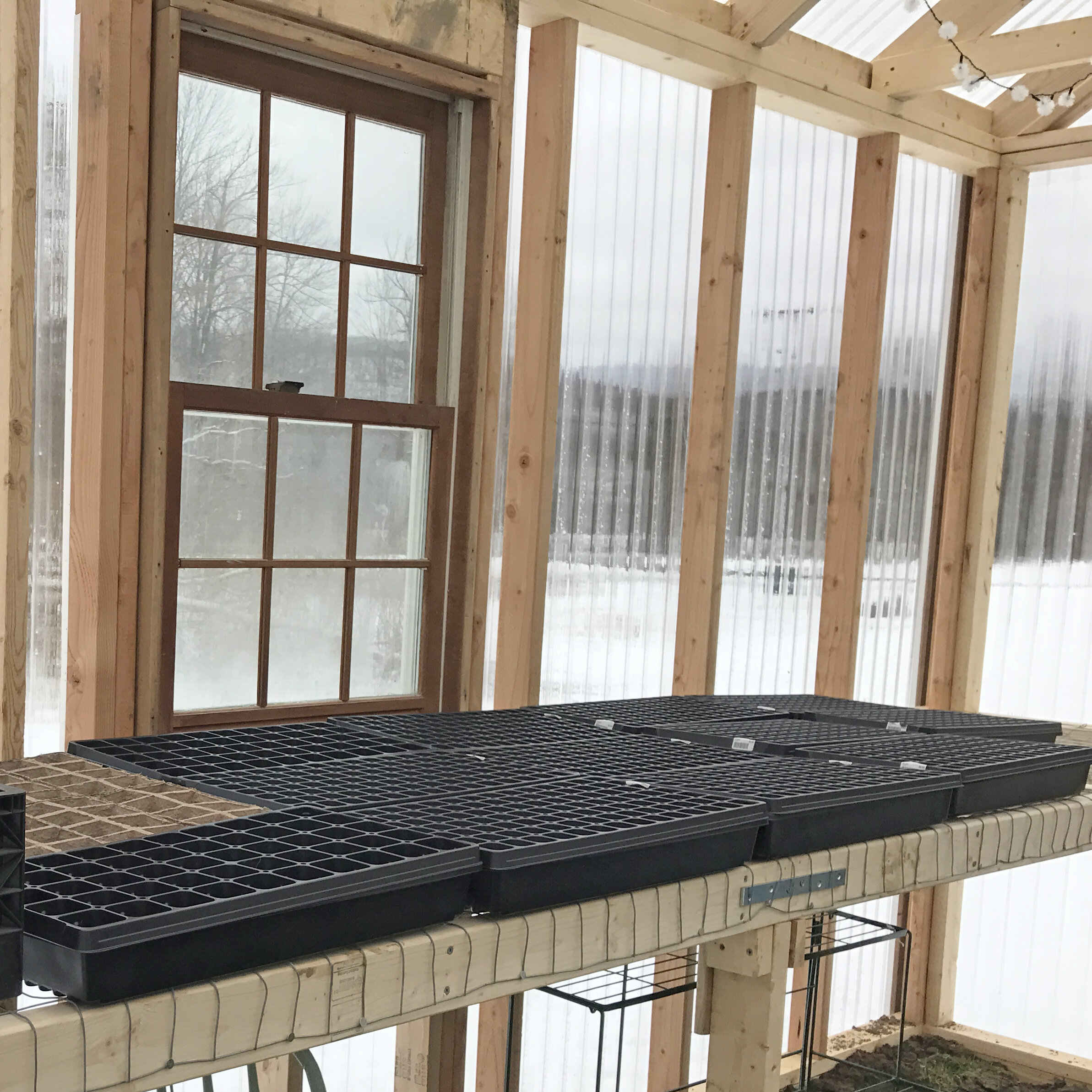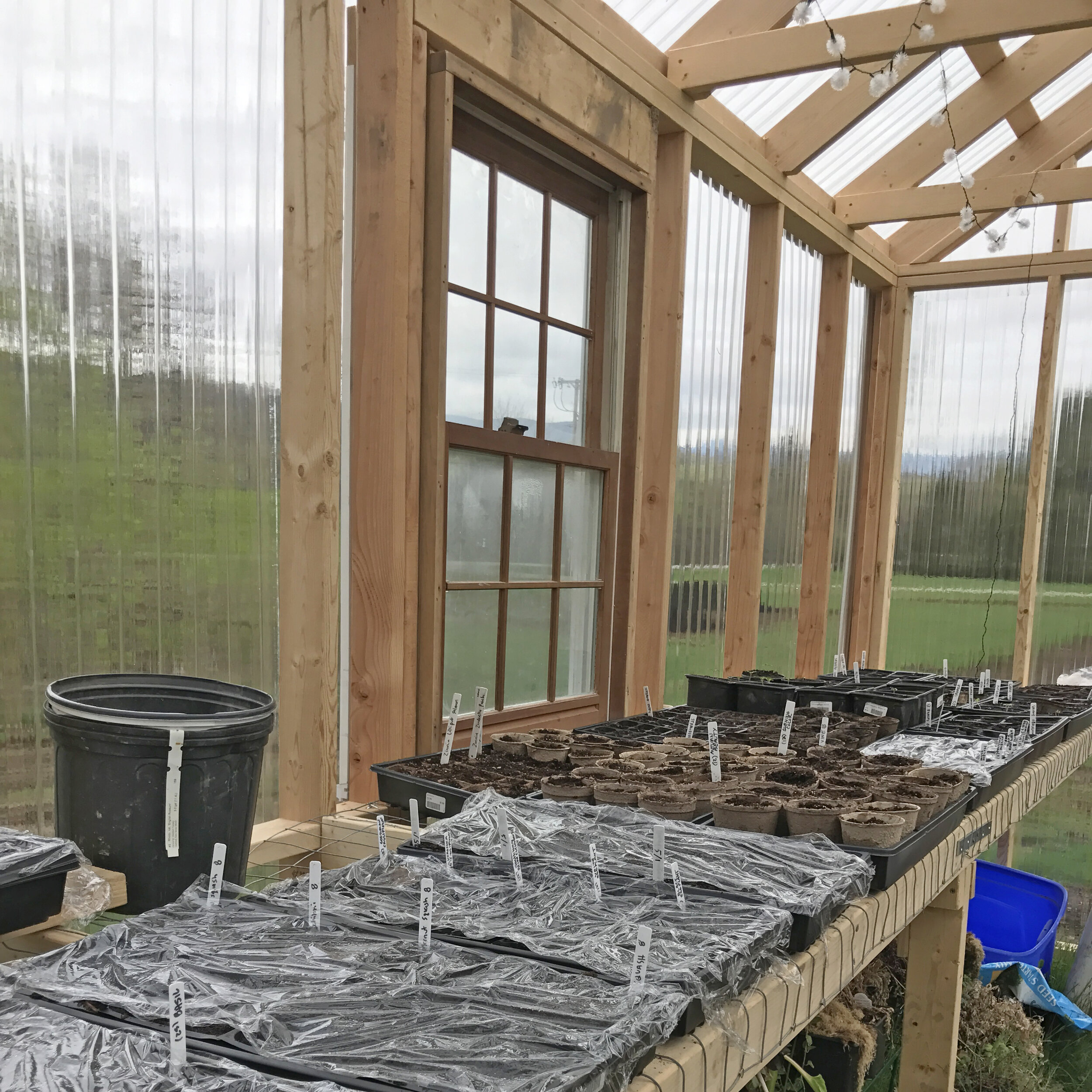Seed Starting Timeline For Success
Starting Seeds Indoors
For successful vegetable and flower gardening, good timing is essential. Start your seeds indoors too early, and they will outgrow your allotted growing space and become lanky and leggy. Wait too long, and you’ll delay your harvest. That said, if you have limited indoor growing space, it’s better to start on the later side so that they’ll be ready to spend warm, bright spring days in a protected space outdoors. This will help them “harden off” so they will thrive in your garden when the time is right.
Step 1: Gather your Supplies
Make sure you’re ready to go when the time is right. You’ll need:
Grow Lights, preferably LED lights
Soil mix
Seedling containers
Liquid fertilizer
Spray bottle
Seeds
Also helpful are a seedling heat mat, for quick germination, and a fan, to improve air circulation.
Step 2: Look up your Average Last Frost Date
You can do this by checking with your County Cooperative Extension Office or website. Or check the Old Farmer’s Almanac Frost Dates Calculator.
Prepare For Success
Choose a quality soil mix. packaged seed starting mixes are generally made with milled peat moss or coir (coconut fiber) combined with perlite and/or vermiculite.
Use fresh seeds. If you have any doubt that your seeds are fresh, do a germination test before sowing them. Some seeds, such as onions, parsley and parsnips, should be bought fresh each year.
Seedling containers must have drainage holes. Whether you purchased seed starting packs or use togurt or other recycled containers, it’s essential that they drain well.
A spray bottle will gently moisten young seedlings. When tender seedlings first emerge, treat them gently. Once the roots are established they can be bottom watered.
Use liquid fertilizer sparingly. Once the true leaves emerge, it will be time to start your seedlings on a weekly dose of half-strength fertilizer.
A heat mat will speed germination. After germination, bottom heat is no longer needed.
Step 3: Start with your Cool Season Plants
Many food crops, such as salad greens, broccoli, kale, and pak choi can be planted outdoors when nights may still be below freezing. To determine the time to sow seeds of these crops indoors count back from the average last frost date for your zip code. Most take about 6 weeks to reach transplant size. Onions are leeks are slow growers, so give them about 8 weeks.
Step 4: Warm Season Crops come next
Start tomatoes, peppers, eggplants, basil, and easy-from-seed flowers such as marigolds 6 to 8 weeks before your planting out date. It’s important to wait until nights are consistently above 50°F before transplanting warm season crops outdoors. This can be as much as 2 weeks after the average last frost date. Planting too early can damage your seedlings.
Step 5: Plants that can be sown directly in the soil
There are many seeds that can be sown directly in the soil. Do this at about the time your cool season transplants are ready to be planted out.
Some, such as salad greens, can be sown indoors to give them a head start, and outdoors as well once the soil warms. This will extend your harvest of tender, garden-fresh greens. The list of plants that can be direct sown includes:
Root vegetables
Arugula, Lettuce, and other Greens
Green beans
Melons
Squash
Zinnias
Cosmos
Sunflowers
Nasturtiums
Poppies




